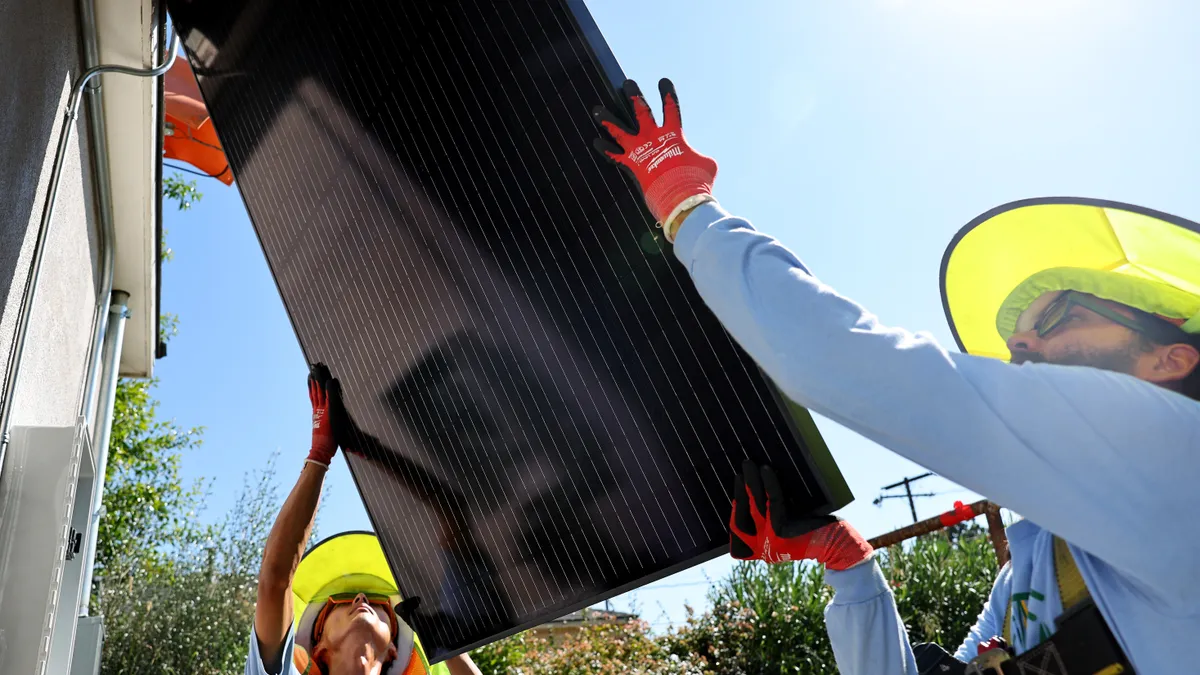Communities looking to improve energy efficiency in low-income residential buildings can now access a total of $36 million in grants through the U.S. Department of Energy.
The DOE on Tuesday announced the funding opportunity, which is available to state, local and tribal governments as well as nonprofits. The Enhancement and Innovation competitive grant program is part of the larger Weatherization Assistance Program, which offers states formula funding for projects that increase energy efficiency for homes inhabited by low-income individuals.
Successful grant projects will lower communities’ utility costs by “expanding the number of weatherization-ready homes, preparing more homes for electrification, adopting renewable energy technologies, deploying enhanced health and safety measures, and sharing new weatherization best practices,” according to a DOE press release.
The grants can also be used for workforce development projects. For example, the agency said, a project could train workers on the job to replace old wiring or repair a leaky roof. Winning applicants will get up to $2 million each.
In an online guide, the DOE encouraged grant applicants to build partnerships with organizations in their communities and to use the federal Climate and Economic Justice Screening Tool to identify and target disadvantaged communities. Low-income households typically spend almost 14% of their total income each year on energy bills, compared with 3% for other households, the DOE says.
Recipients of these grants “are deploying ambitious projects to create the nation’s first historically-black, net-zero energy neighborhood, deploying solar technology, launching new workforce development tools and more,” Energy Secretary Jennifer Granholm said in a statement. The Weatherization Assistance Program was created in 1976 and has served over 7 million homes since then, according to the DOE.
The agency will hold an informational webinar on Aug. 6 for potential applicants, and applications are due by Sept. 27. Awardees will be announced in late February 2025.
















